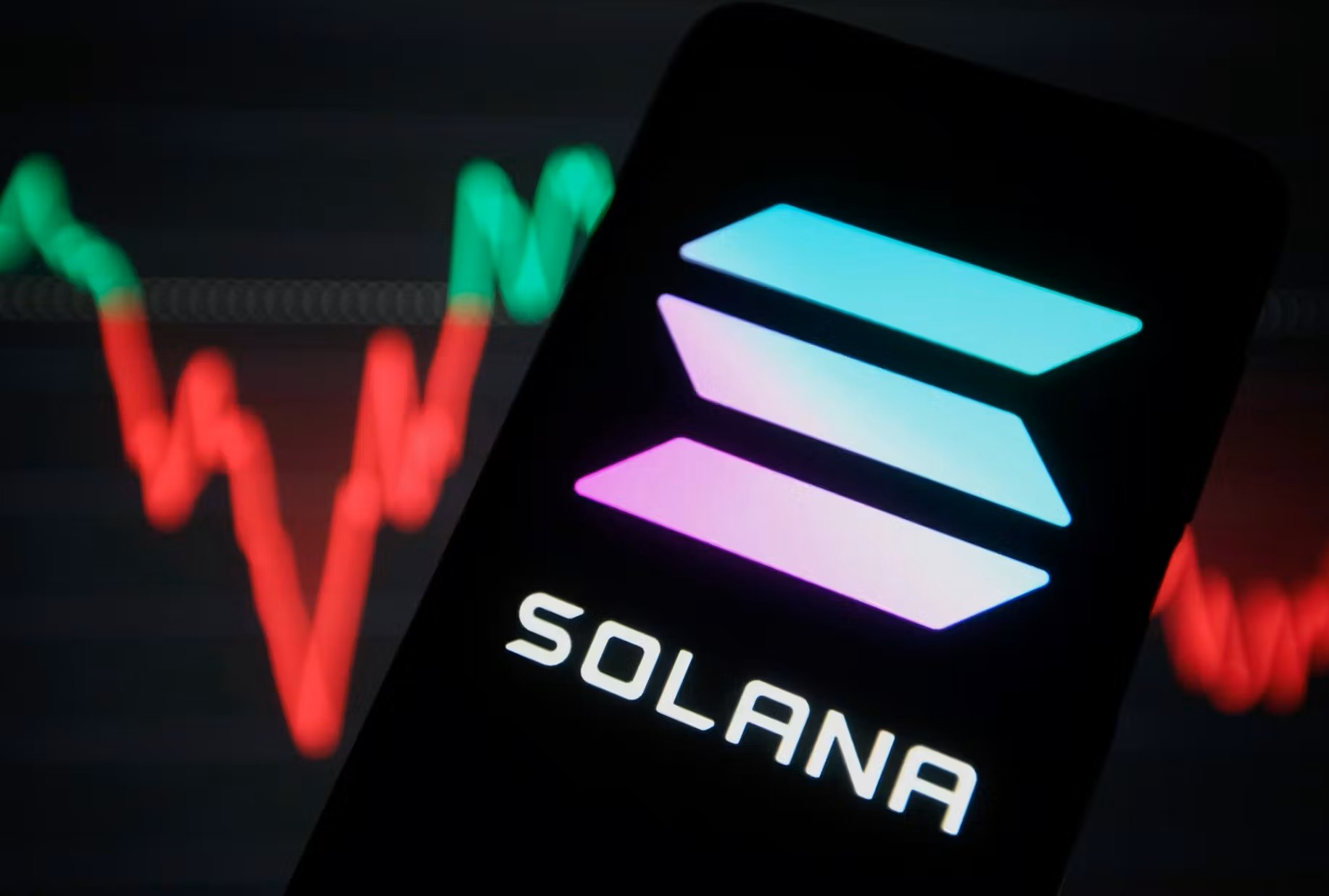The Unexpected Consequences of Synthetix’s Governance Upgrade: A Deep Dive
In the ever-evolving world of decentralized finance (DeFi), one project that has gained significant attention is Synthetix. This platform is known for its decentralized derivatives and stablecoins. However, recent events have left the community in a state of flux, as the stablecoin sUSD experienced a depegging incident. While some may point to bad debt or protocol failure as the culprit, a new report from on-chain analytics firm Parsec paints a different picture.
The Role of Governance Upgrade SIP-420
According to Parsec’s analysis, the depegging of sUSD is not the result of bad debt or protocol failure, but rather a direct consequence of the Synthetix Improvement Proposal (SIP) 420 governance upgrade. SIP-420 introduced several changes to the Synthetix protocol, one of which was the introduction of a new fee structure.
Before SIP-420, Synthetix’s fee model was based on a percentage of the total transaction value. However, this model was not sustainable, as it led to high fees during periods of market volatility. SIP-420 aimed to address this issue by introducing a dynamic fee model, where fees are determined by the network’s congestion level.
Unintended Consequences
While the intention behind SIP-420 was to improve the user experience and make transactions more affordable, the implementation had unintended consequences. Specifically, the new fee model led to a significant increase in the number of transactions on the Synthetix network.
This surge in transaction volume put pressure on the network, leading to longer confirmation times and increased gas fees. In turn, this made it less attractive for arbitrage bots to operate on the platform, which are essential for maintaining the stability of Synthetix’s stablecoins.
The Impact on sUSD
The loss of arbitrage activity led to a decrease in the supply of sUSD on the market. At the same time, the demand for sUSD remained relatively constant, as users continued to use it for trading and other purposes. This imbalance in supply and demand led to the depegging of sUSD from the US dollar.
Implications for Users
For individual users, the depegging of sUSD may not have a significant impact on their investments, especially if they are holding their sUSD for the long term. However, those who rely on Synthetix for short-term trading may experience increased volatility and potential losses.
- Increased risk: The depegging of sUSD introduces additional risk for users, as the value of their holdings may fluctuate more significantly.
- Opportunities: For some users, the depegging of sUSD may present opportunities to buy at a discount and profit from the eventual re-pegging of the stablecoin.
Implications for the World
The depegging of sUSD is not just an isolated incident; it is a reminder of the complexities and risks inherent in decentralized finance. The incident highlights the importance of careful consideration when implementing governance upgrades, as well as the need for continued research and analysis to understand the potential impacts.
- Increased awareness: The depegging of sUSD may lead to increased awareness of the risks and complexities of decentralized finance, potentially leading to more informed decision-making and better risk management.
- Continued innovation: Despite the challenges, the Synthetix community remains committed to innovation and improvement. The incident may serve as a catalyst for further developments and refinements to the platform.
Conclusion
The depegging of Synthetix’s stablecoin sUSD was not the result of bad debt or protocol failure, but rather a direct consequence of the Synthetix Improvement Proposal (SIP) 420 governance upgrade. While the intention behind SIP-420 was to improve the user experience, the implementation had unintended consequences, leading to a decrease in arbitrage activity and an imbalance in supply and demand for sUSD. For individual users, the impact may be minimal, but for those who rely on Synthetix for short-term trading, the depegging of sUSD presents increased risk and potential opportunities. The incident is a reminder of the complexities and risks inherent in decentralized finance and serves as a catalyst for continued innovation and improvement.
As the world of decentralized finance continues to evolve, it is essential to remain informed and vigilant, recognizing that both risks and opportunities exist. Through careful consideration, informed decision-making, and continued research and analysis, we can navigate the complexities of decentralized finance and harness its potential for innovation and growth.





